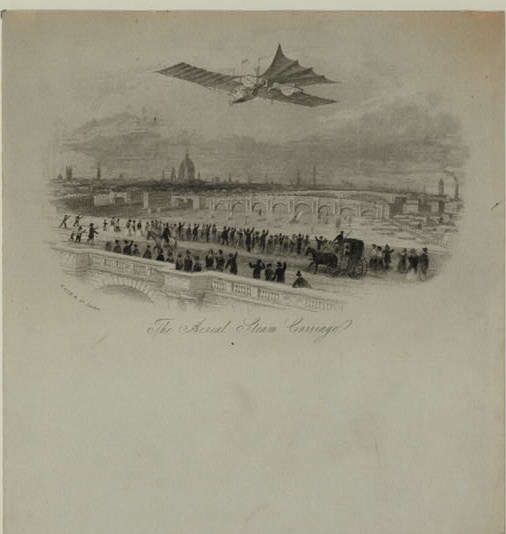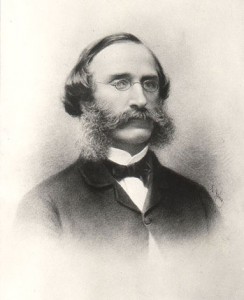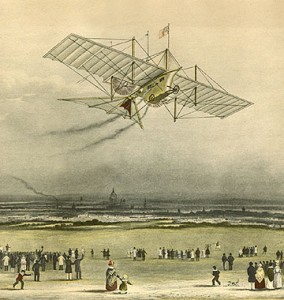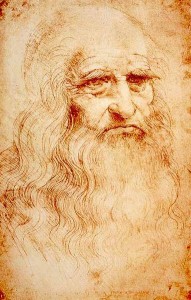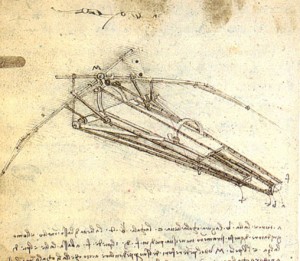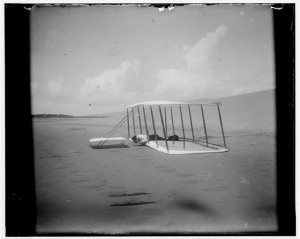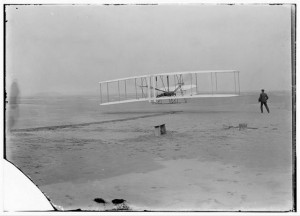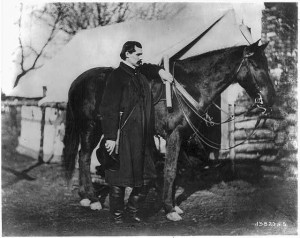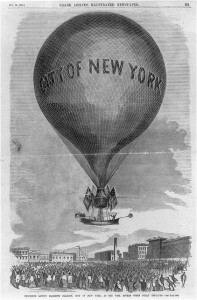A few days ago I was browsing at the Library of Congress for an illustration for a post about an editorial by The Times of London. When I saw the image above I had another of those jaw-dropping, ‘I had no idea’ moments. Once again I’m stretching the claim that this is “An American Civil War site”, but it seems that Columbus Day might be a good day for this particular “Show and Tell”. Americans are commemorating the spirit of exploration that helped create the nation.
The illustration above is considered “ephemera” – an imaginative work based a patent given to William Samuel Henson and John Stringfellow for an Aerial Steam Carriage:
The Aerial Steam Carriage, also named Ariel, was a flying machine patented in 1842 that was supposed to carry passengers into the air. It was, in practice, incapable of flight since it had insufficient power from its heavy steam engine to fly. A more successful model was built in 1848 which was able to fly for small distances within a hangar. The Aerial Steam Carriage was significant because it was a transition from glider experimentation to powered flight experimentation.
Over 350 years earlier that true Renaissance man, Leonardo da Vinci imagined and drew up plans for a flying machine.
_____________________________________________________________
The Wright brothers executed “the first powered, controlled, sustained flight” on December 17, 1903.
____________________
Of course, there’s a Civil War connection. I guess one big difference between a flying machine and a balloon is that a balloon is much more at the mercy of the prevailing winds. However, Professor Thaddeus S. C. Lowe was Chief Aeronaut of the Union Army Balloon Corps from 1861-1863 and was able to navigate his balloons well-enough to spy out Confederate positions. [01-18-2021 – probably because the balloons during the Civil War were almost always tethered. You can learn a lot more about balloons during the war at American Battlefield Trust.]

